Black holes can be spotted with backyard telescopes
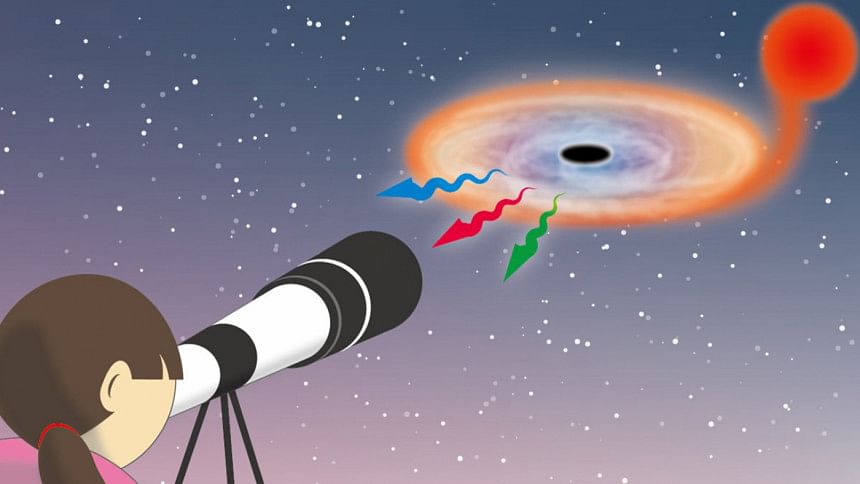
For decades, astronomers have observed the space around black holes for the occasional flare of light, signaling that a cosmic feeding is underway, reports Business Insider.
In the past, it took highly sophisticated, expensive instruments to witness this exotic, rare black hole behavior — but, no longer.
On Thursday, a large team of more than 70 experts reported that they had observed eruptions from a nearby black hole in visible light — the light we see with our eyes.
It's the first time that anyone has witnessed flickers of visible light from a black hole, which are very dense objects in space that have a gravitational grip so strong nothing can escape, including light, Business Insider reported.
While this makes black holes inherently invisible, we can still see the nourishing gas they feed on as it orbits around the black hole. Usually, the gas radiates in high-energy X-rays or gamma-rays, but now the team says it's possible to see black holes in visible light, as well.
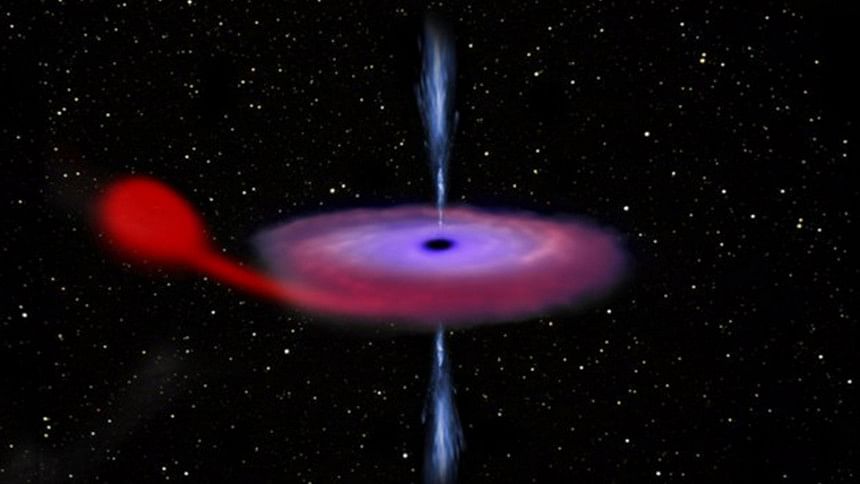
The video below, which compiles images taken On June 23, 2015 from Rochester Institute of Technology's observatory, shows what a gobbling black hole looks like over the course of 3.5 hours:
"We find that activity in the vicinity of a black hole can be observed in optical light at low luminosity for the first time," Mariko Kimura, who is an astronomer at Kyoto University and lead author of the team's report published in the journal Nature, told Space.com. "These findings suggest that we can study physical phenomena that occur in the vicinity of the black hole using moderate optical telescopes without high-spec X-ray or gamma-ray telescopes."
All it would take to spot the roiling-hot rumblings of this nearby black hole is a modest 20-cm telescope — that means that the light-gathering component of your telescope, whether it's a mirror or lens, is 20 centimeters (about 7.8 inches) in diameter. That's well within the limits of telescopes you can purchase for your backyard.
This particular black hole is lurking 7,800 light years from Earth and is 12 times more massive than our sun.
Last June, after 26 years of slumber, it underwent some exciting activity: it began eating, again.
The black hole is just one half of a two-body system called V404 Cygni, and, right now, it's slurping down strands of gas from its other half, which is a star similar in size to our sun. The last time it had a meal was back in 1989.
What's going on is that the black hole's gravitational grip attracts the star's gas, which falls into orbit around the black hole.
As it makes its way to the mouth of the monster, the gas speeds up, generating extreme heat. And similar to how the heated gas from the sun radiates light, we can see this heated gas in what's called an accretion disc around the black hole through telescopes.
But accretion discs don't usually radiate at constant brightness. Instead, they vary in brightness over time, sometimes erupting to tens of times brighter than average.
These changes in brightness, or what astronomers call changes in magnitude, can sometimes occur over the span of a single hour. For this black hole, the team witnessed changes over anywhere from 100 seconds to 150 minutes.
"The observations made on this target were immediately exciting," Bill Goff, who is a member of the American Association of Variable Star Observers (AAVSO) and part of the team led by Kimura, said in an AAVSO press release. "Seeing changes greater than one magnitude [a change in one magnitude is equal to a change of 2.5 times in brightness] in less than an hour ... was a wonder to see. I kept imagining how this target must be going through unbelievable eruptive changes."
With the help of V404 Cygni, astronomers are now one step closer to solving some of the greatest mysteries behind black holes, including why they sometimes go decades without feeding and how they start up again.

 For all latest news, follow The Daily Star's Google News channel.
For all latest news, follow The Daily Star's Google News channel. 

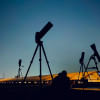

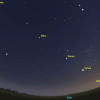
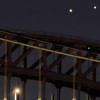
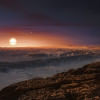


Comments